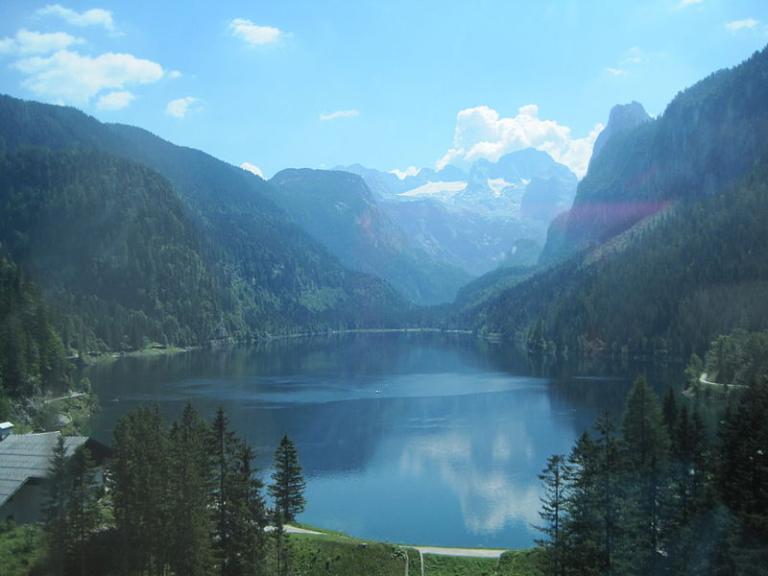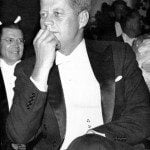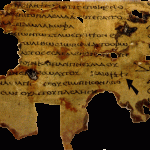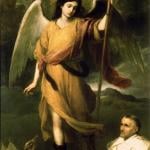
***
Sahar Qumsiyeh is an assistant professor of mathematics at Brigham Young University-Idaho in Rexburg and the author of Peace for a Palestinian: One Woman’s Story of Faith Amidst War in the Holy Land. (The Interpreter Foundation published two reviews of her book soon after its publication. See “Peace in the Holy Land,” by Shirley S. Ricks, and “Dehumanization and Peace,” by Kent P. Jackson.) With her kind permission, I share here four recent entries from her Facebook page. She posted them under the running title of “Being Palestinian”:
If you want to look at her photographs of the Israeli and Palestinian roads, including a short video, see her Facebook page.
I can perhaps shed just a little bit of light on the question of why Latter-day Saint church services in Israel/Palestine are on Saturday. I wasn’t involved in the decision to change our meeting day from Sunday to Saturday — I hadn’t yet visited the Near East — but I participated in conversations about it later on and I was involved in an analogous decision in Cairo to move our meetings from Sunday to Friday.
The problem with holding services on Sunday was that, for just about everybody involved at the time, Sunday was a normal workday and an ordinary school day. (The “weekend” went from Friday to Saturday.) This meant that such services had to be held in the evening. But people were tired by that time, children were cross, and it was impossible to feel that it was a real Sabbath. So moving to Saturday made sense. We had no Palestinian members of the Church in those early days — not, at least, so far as I am aware — and, therefore, the problem of participation by members in the Palestinian territories didn’t come up. It was unforeseen. Moreover, it was from Sahar Qumsiyeh’s Facebook notes above that I learned for the first time that the security clearance permit that, since her family home is in the Palestinian territories, she needs to attend church services in the Jerusalem Center specifically omits Saturdays. That is very, very unfortunate. (She is coming from Beit Sahur, which is directly adjacent to Bethlehem — so near, in fact, that, today, the two towns have essentially blended together –and which is the traditional site of the annunciation of the birth of Christ to the shepherds.)

(Wikimedia Commons public domain image)

(Wikimedia Commons public domain image)
After reading about Sahar Qumsiyeh’s trip home to Palestine, it’s difficult if not impossible to avoid seeming comfortably complacent and privileged while describing my own travels. But here’s a brief and inadequate note about today’s activities:
We had a reasonably relaxed morning, getting a comparatively late start. We drove with our tour group over to the area of Schwangau, not far away from our hotel, where two of the famous Wittelsbach dynasty castles are located. Our people had free time there for about ninety minutes or two hours or so; after walking for a few moments near the small adjacent lake, my wife and I and a number of others spent that time in the Museum der Bayrischen Könige (the “Museum of the Bavarian Kings”). Then, after lunch together, we visited Hohenschwangau and, immediately following that visit, Neuschwanstein. To prepare the group at least a little bit for what they were going to see, I spoke to them on the bus yesterday about both the music and the life of Richard Wagner and about his enormously important relationship with King Ludwig II of Bavaria, the Märchenkönig or “Fairy Tale King.” We also played some brief excerpts of Wagnerian music for them, and I provided very concise plot summaries of his operas or “music dramas” Lohengrin and Tannhäuser. I hope it helped. The castles are positively saturated with Wagnerian stories — which, although he was a rather loathsome man, I’ve grown to really love.
Posted from Buching, Halblech, Bavaria, Germany











